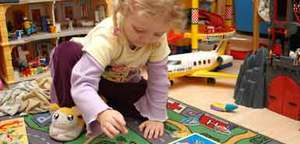Alcohol, drugs, food, sex, and even shopping are all candidates for medical treatment and are recognized as genuine mental disorders, so what about the Internet? Internet addiction -defined as "excessive gaming, sexual pre-occupations, and email/text messaging" - is becoming so common that at least one psychiatrist says it
merits inclusion in psychiatry's official handbook of mental illness, the "Diagnostic and Statistical Manual of Mental Disorders."
